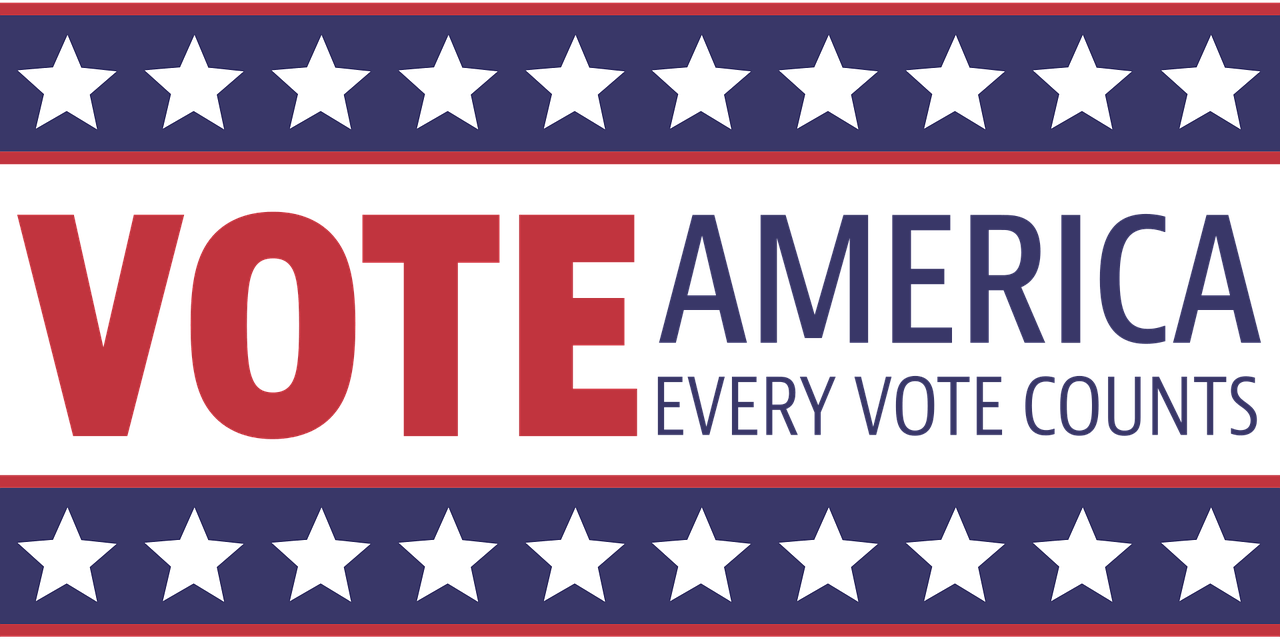Voter Fraud Allegations Have No Supporting Evidence

“Where’s the evidence Hilary?”
By Seth McGinn, Marketing —
Hilary Clinton’s lead in the popular vote is still growing nearly 3 weeks after the election. Her lead is now over 2 million votes, most of those leading votes coming from the strong, liberal state of California. In response to this developing lead in the popular vote, President Elect, Donald Trump, has alleged voter fraud is playing a part.
Election Data Suggests No Evidence
These allegations can be seen as a classic move by the underdog candidate who is famous for his frequent arrogance. As attention has been brought to this issue, there is clear evidence to suggest no voter fraud in the 2016 election. Trump mentioned in a statement that he had reason to believe of serious voter fraud in New Hampshire, Virginia, & California. California is historically a strong liberal state and as mentioned before, is the source for most of the votes boosting Clinton ahead in the popular vote. The data from the election tells us that California turnout was low and looks to be even less that the national average. Serious voter fraud in the state would result in abnormally higher turnout rates, so that squashes that allegation.
Other evidence against voter fraud is the success that other republican candidates had along the coast of California. If Democrats were swaying the polls illegally, you would expect the outcome where Republican members of Congress maintained their seats through election. For example, Orange County voted less for Trump, compared to Mitt Romney in 2012, yet re-elected all four of their Republican Congress members.
Where is Trump’s Evidence?
Continuing, Trump was asked about his sources for the serious allegations, to which his communications director, Jason Miller, cited two articles that offered examples of voter fraud. One was a 2012 Pew research study on the problematic state of voter registration files and the other was a 2014 Washington Post study on non-citizen voting. The 2014 study was widely questioned and later invalidated, squashing its proposed finding that 6.4% of noncitizens voted in the presidential election of 2008. The 2012 study that was cited proves more solid, but it only makes sense that voter registration files aren’t the best up-kept files in the nation, and this has little to do with Trump’s direct assertions against non-citizen voting.
Non-Citizens, Immigration, & Lie Detection Solutions
With these allegations, questions are still raised about how the US is keeping track of the people who live in the country, legally and illegally. No full-proof solution has been implemented and among the proposed solutions is a better method for vetting the intents and purposes of immigrants using lie detection technology. For half a century, the go-to lie detection technology has been the polygraph, an accurate, but expensive and time-consuming
test. New technology coming out of the University of Utah has shown accuracy and precision in determining truthfulness using infrared cameras to monitor the eyes of individuals while they answer questions in a truth verifying examination.
The product, known as EyeDetect, involves a written out test that users take on a computer that has special software installed and an infrared camera attached. The EyeDetect examinations, managed by Converus Inc., have proved just as accurate as a polygraph, are far less expensive, and cuts off 75% of the time a normal test takes (a polygraph is normally 3-4 hours whereas EyeDetect tests go from anywhere from 30 minutes to a little over an hour. EyeDetect could prove a very effective method for screening immigrants or even a part of voter registration for questionable individuals. For more information regarding this innovative solution that is spreading across the US, go to converus.com.

